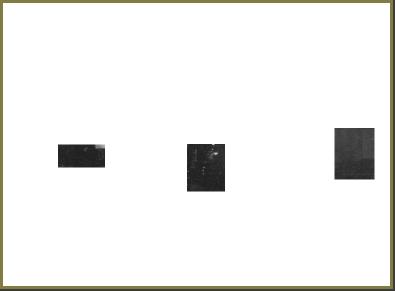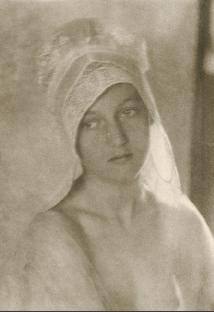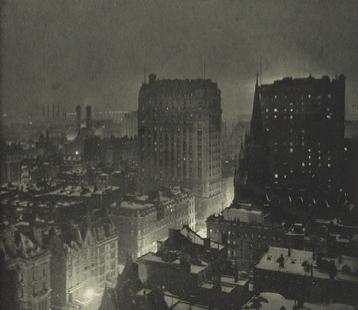 |
||||||
 |
||||||
Presentation: Deals with issues regarding displaying an image on a black background |
||||||
Composition and other stuff: evaluating images |
||||||
Can you describe any of the three small images shown below? None of them contain much information. They are windows into portions of an image lurking below, but these windows lack enough information to define the subjects within those windows. Mouse over this top image to reveal the photo hidden below. Despite the lack of shadow details, there is now adequate information for your mind to fill in the blanks. The dark lump below the smoke near the center of the image, clearly becomes a steam locomotive once the tracks and smoke are visible. The dark and gritty feel of the image probably helps define the scene more successfully than would a high definition image with lots of shadow detail. |
||||||
Composition and other stuff: evaluating images, Page Two |
||||||
Split Toning |
||||||
White Vignettes |
||||||
Edge Burn - Vignettes |
||||||
 |
||
The Hand of Man . . .by Alfred Stieglitz. 1902 The original is 9 1/2 by 12 1/2 inches, and is in the J. Paul Getty Museum, in Pacific Palisades, California, but not on view. A historian I am not, but this image is pretty well known. Unfortunately, I have seen publications of this photo in black and white, as sepia tones, with different crops, and some far sharper than others. Unless Stieglitz himself produced a variety of prints, many published reproductions are not very faithful to the original. |
||
If you have read this far . . . Did you compare what you could see in the windows to what you "saw" in the complete image? When viewing the window at the left, you really can't see the utility pole, but in the full image you can. In the full image, our mind seems to fill in the dark pole where it blends with the dark stuff behind it. The current trend seems to be super high resolution, combined with high dynamic range, neither are required for successful images. The expression, "leave something to the imagination" applies to more than erotica. Just my thoughts . . . it's your choice to make. _____________________________________ Below are a couple more images to ponder . . . |
||
 |
||||
I've known photographers that would advocate cropping tighter around the subject's head, or that would want to lose the dark edge along the right side of the image. Cover the dark area with something light in color, and try to decide for yourself if that dark area is a distraction, or if it actually adds an element of interest . . . a place for your eyes to visit briefly before returning to the girl.
Head of a Young Girl by Eva Watson-Schutze, 1905 |
||||
There are many photos (crops) that could be found within the single image at the right, but its current crop seems fine to me. However, there are some that would fault it for low resolution, or its soft crunchiness . . . shadow detail is minimal, and the brightest areas seem blown out. I actually think all those factors are pluses. Fans of high resolution, HDR images may disagree. The converging lines on the buildings along the street, and the sharper foreground leading to the less distinct background areas, provide a strong sense of depth. You might get the idea that I like this image. Digital photography offers ways to alter saturation, contrast, sharpness, and hundreds of other adjustments. Add the ability to combine images, and special effect filters, and it becomes tempting to stray beyond what I consider photography. My hope is that you not reject images simply because they differ from that of some currently popular digital work that has been highly edited. And . . . I'll try not to reject images simply because they are highly edited. There's room for all. No matter an image's style, there will be good and bad examples produced. Different does not automatically equate to good work any more than traditional work does. |
||||||
 |
||||||
New York at Night by Paul B. Haviland, 1914 |
||||||
For those that have scrolled this far down. . . I met the daughter of a Chinese (Singaporean) artist at an exhibit of his paintings. She seemed pleased to discuss her father's work, and gave me a copy of a book he authored. That has been quite some time ago, but my take away was that most Chinese paintings seem to include words, and that both the words and the skill of the calligraphy were important factors in the success of a painting. The book contained English as well as Chinese, and expressed, among many more, these thoughts: Distant men have no eyes. Distant trees have no branches. Distant mountains have no stones. Our minds do a good job of filling in missing details when a few clues are present to guide us. Don't be afraid to leave something for the viewer's imagination. |
||